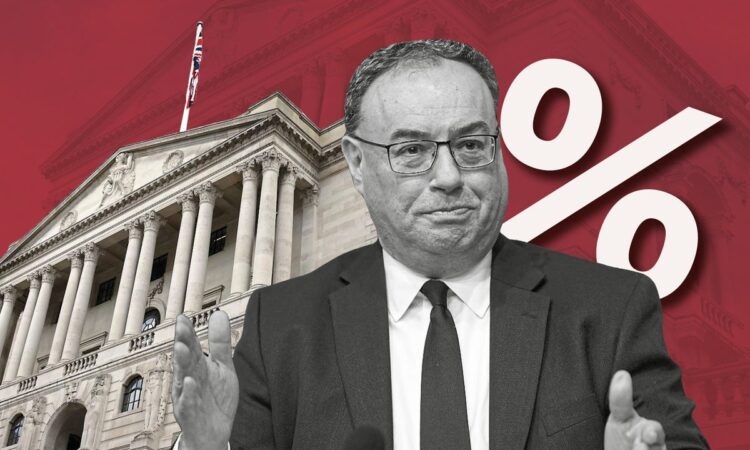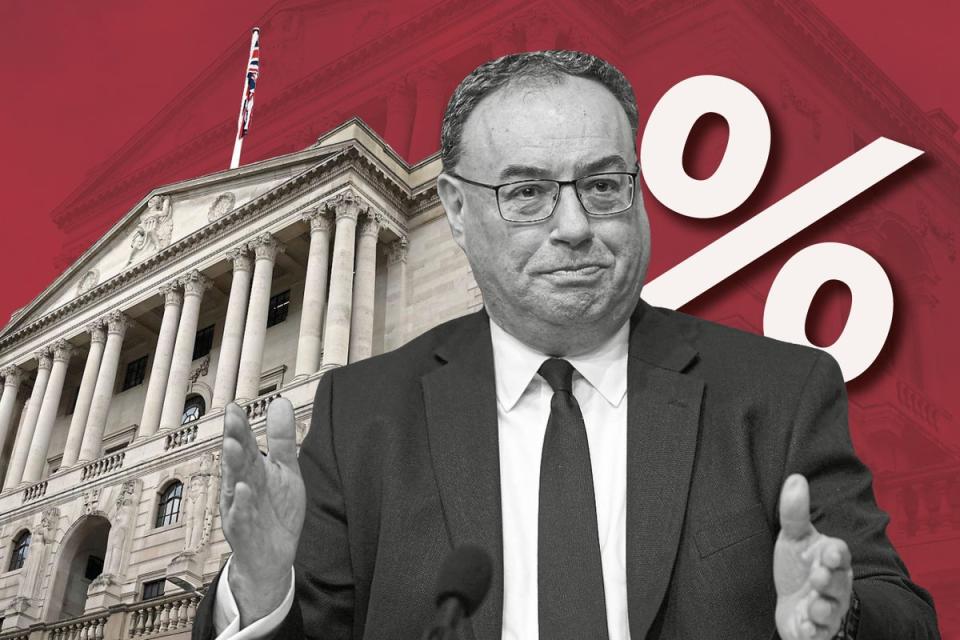

Inflation is an idiosyncratic beast. Almost as much as the consumer.
In 2013 I moved from Athens to London. At the time, the average salary in Athens was about half of that in London. In my first British job, I heard some colleagues complain about how carrot cakes had picked up by 10p. I couldn’t, for the life of me, understand why one of the most affluent societies in Europe would pinch pennies around the price of a cake. In Greece, such a conversation would have been humiliating. We paid what was asked, or risked appearing poor, and we fought over who gets to grab the bill (some insights there on the Greek default).
Then I went to a Tesco. Everything was much cheaper, even if we accounted for the currency difference. In Athens, the introduction of the Euro saw prices nearly triple. UK consumers, it appeared, were much more conservative, and that influenced product prices.
So I learned the first thing about inflation and the economy: location matters. Some consumers, optimistic about the future, like Americans, may overspend, maxing out credit cards. Others might not spend more than what they have.
Fast forward nearly a decade. Inflation has reared its ugly head and has been upsetting the global economy for the past three years. Last week, US inflation picked up for a sixth consecutive month, rising 3.4% for the year to March. The UK number, slightly higher than expected, at 3.1% seems not too far off. Both economies have hit the ‘sticky’ part of inflation, services. Both have low unemployment and share many similarities in terms of labour market flexibility. Both have similar interest rates. US central bank officials have said that they are comfortable with waiting before lowering rates. Will the Bank of England follow suit? Both central banks, after all, are loath to get inflation wrong twice in three years.
I would argue that the US has nothing to do with UK inflation, and therefore, the interest rate outcome could be quite different.
For one, the roots of inflation are different. In the US, during the pandemic, the government issued cheques to individuals. In the UK, policymakers sought to protect employment. Both inflation waves started with supply chain dislocations before they had an impact on labour negotiations. But in the US, the exponential increase of the amount of money in circulation made demand-side inflation much more potent. The UK never faced such an issue.
Additionally, US inflation has pretty much plateaued since June 2023, when it registered 3%. UK inflation on the other hand has been consistently dropping since late 2022. After April, when energy price caps are set to drop by some 15%, price pressures should recede more.
Policy transmission is also important. In the US, banks issue 30-year mortgages. In the UK, most mortgages are 2-5 years. This means that at any given moment, there are, proportionally to population, many more UK mortgages and remortgages being negotiated. When interest rates rise, therefore, the policy impact would be felt much more sharply in London rather than in New York. Faster policy transmission also accounts for lower UK growth.
Most importantly, consumer behaviour is different. In the US, credit card and consumer loan delinquencies have been rising exponentially. In the UK, numbers are very close to the average. So where US consumers don’t want to negotiate their level of comfort, their British peers seem more pragmatic.
The US and UK economies may share similar inflation and rate numbers, but could not be more different. So it stands to reason that rate cut decisions by the two central banks could also be different. Where US inflation may seem “stuck”, UK inflation may just be “sticky”. It’s really all about carrot cakes.





